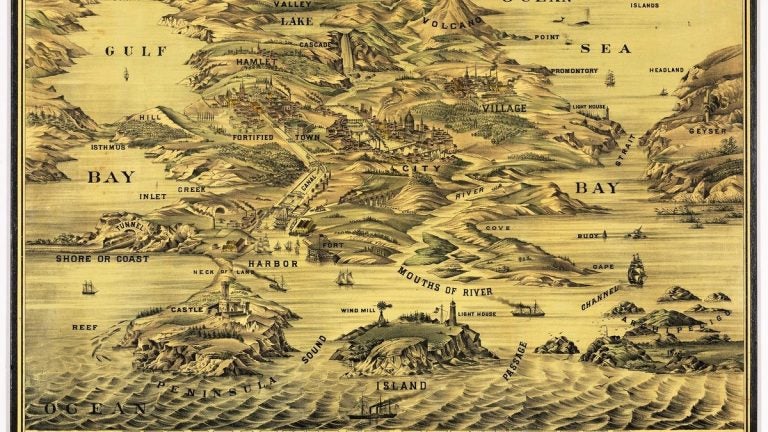Geography’s Environmental Tradition
When most individuals think of geography they automatically retreat to an antiquated view of geographers making maps and studying place names or locational facts. Unfortunately, this commonly held misconception of the discipline minimizes the critically important topics that geographers study, the spatial perspectives and techniques they employ to provide a deeper historical understanding of problems, and the vital contributions geographers make to society. Geographic researchers and practitioners collect a variety of relevant scientific, societal, and public health data, similar to other disciplines. Where geographers differ is in their ability to use analytical (qualitative and quantitative) skills and concepts that account for the spatial variability of data. This approach provides a deeper context of the place that leads to greater understanding of the environmental and societal issues present. The discipline integrates human and environmental information through space and time as opposed treating these data as discrete entities. This statement may seem trivial, but this is far from the truth. Understanding environmental and human systems independently are complicated unto themselves, but when analyzed in an integrated fashion the complexities magnify. These complex questions are what geographers are particularly adept at answering because of their training and experiences.
A geographer’s ability to address complex issues is grounded in the nature-society tradition that is ingrained in geographic research and education. Geographic training involves learning perspectives from social and natural scientists, planners, engineers, mathematicians, and technophiles using computer programming, quantitative methods, numerical models, and advanced geospatial tools and sensors. The nature-society tradition has been at the heart of the geography since its onset, but it has only been within the last 30-40 years that the discipline has seen substantial growth in the conceptual knowledge as well as advances in the methodological approaches necessary to conduct this type of research. Geographers are actively engaged in research that studies: distributions and patterns relevant to human-environment dynamics; characteristics of place that shape human-environmental interactions; and human-environmental changes in one location that shape and are shaped by developments in other locales and in turn, have direct impacts on places.1
The knowledge gathered by geographers is often dismissed for: a more simplified view of the crisis, economic or political gains, or other non-rigorous findings. Geographic approaches provide a more sophisticated understanding of the underlying issues. Covid-19 presents a good example. Disproportionately minority communities feel the brunt of the pandemic in terms of high positive test rates and deaths as evidenced from Washington D.C. (see inset maps). This is not just a pandemic crisis, but one with a long-history of environmental injustice for these community members. A systemic issue exists whereby minority communities continue to be exposed to more hazardous chemicals, lack access to health-care facilities, experience housing discrimination, and have limited access to nutritious food and drinking water, to name just a few items. These inequalities create health and living conditions that put minority communities at risk. Geography’s nature-society training and methods can help catalyze change by unraveling these complex histories and the spatial intricacies of environmental and health data. This understanding can be used to help inform the current crisis and reduce risk to future national and global challenges.
1These topics were identified from Dr. Alexander B. Murphy’s recent book entitled “Geography: why it matters”, Polity Press, 2018, p. 91-92.


